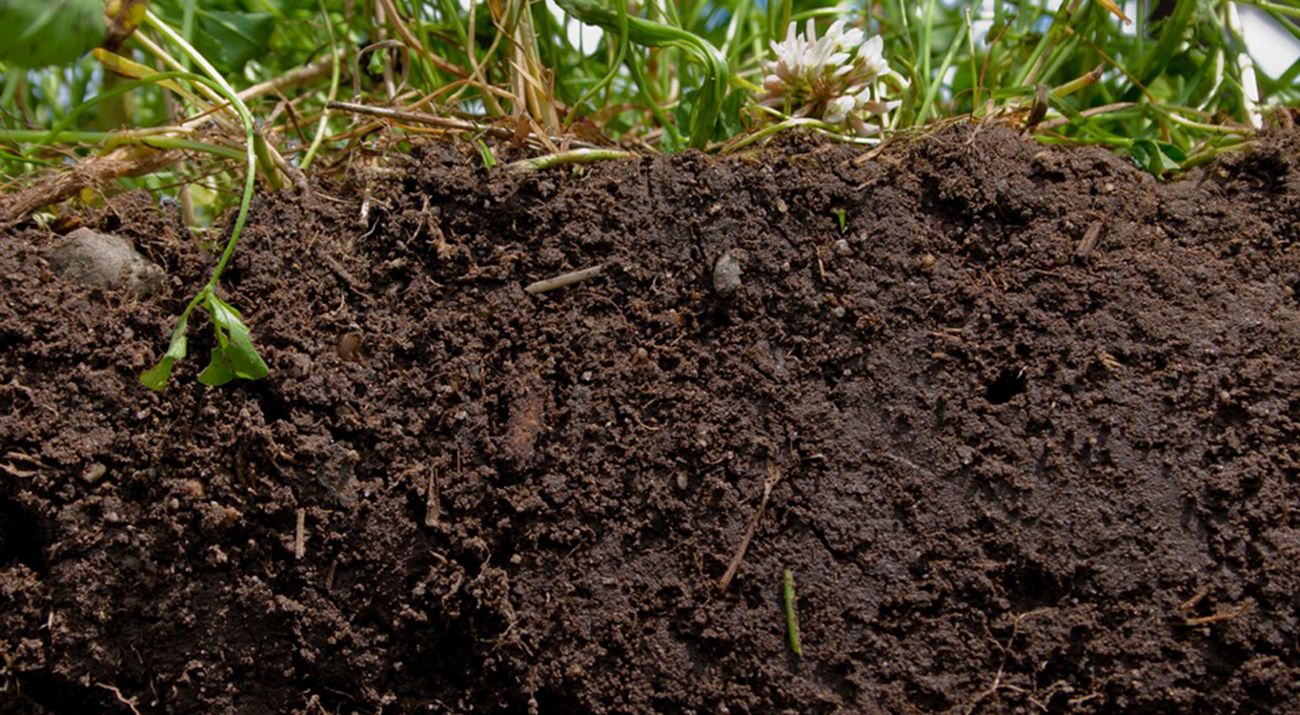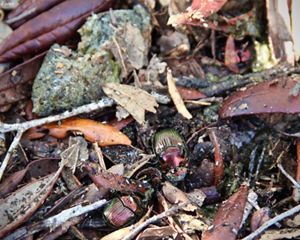We Really Are What We Eat
That’s What Makes Biodiversity So Critical to How Our Food is Grown
When you think about biodiversity, what comes to mind? Preserving natural habitats and ecosystems such as the rain forest? Saving species from extinction?
Did you also know that biodiversity can also save the human species by improving the nutritional quality of the food we eat while enabling agriculture to produce more and become more environmentally sustainable?
To appreciate this, we need to recognize that biodiversity is in fact at the very heart of agriculture. It has enabled farming systems to evolve over many thousands of years, ever since humans first began to convert wild species of plant and animals into domesticated livestock and crops. Today, biodiversity is important to agricultural productivity at the most elemental levels, where tiny microbes furnish essential micronutrients that make soils healthy for growing more and better crops, as well as in the wider landscapes—the forests, grasslands, and wetlands—that serve as the bulwark against environmental degradation and climate change.
Amid today’s challenges, agricultural biodiversity needs to be at the center of our efforts to make agriculture more productive and environmentally sustainable. We need to refocus our efforts from simply producing more food to producing more nutritious food. That doesn't’t make our task any easier, as scientists are forecasting that we’ll be unable to satisfy the world’s needs for nutrients as early as 2023.
As it stands, climate change is contributing dramatically to this challenge by reducing the nutritional value of the food we produce and eat. A 2014 study headed by a researcher from the Harvard School of Public Health showed that higher levels of carbon dioxide in the atmosphere are likely to reduce the nutritional value of rice, wheat, peas, and other food crops. A recent study cited in Politico warns of a climate-induced “nutrient collapse,” marked by an 8 percent reduction on average of key minerals in the human diet over our lifetimes. Another study published in Environmental Health Perspectives estimates that the predicted decreases in the protein content of food crops may put about 150 million additional people at risk of protein deficiency and therefore stunting by 2050.
So how exactly can biodiversity figure into the solution?
Quote
Recognizing what agricultural biodiversity is and putting it at the very center of the agenda for productivity and sustainability will make all the difference.
A promising case-in-point comes from a project The Nature Conservancy has supported in Colombia, a cattle-producing nation that is emerging from years of conflict with the hope of vastly expanding its agricultural productivity. The problem is that cattle ranching can be hard on the land, the water, and the atmosphere. But it doesn't’t have to be; biodiversity is the key.
One small rancher near the town of Meta is one of the hundreds of producers who are introducing silvopastoral systems and integrated forages that boost species diversity on the ranch, bring productive land into greater harmony with the surrounding natural environment, and in so doing actually improve the productivity of the pasture. Not only that, but within the span of a year after planting grasses that improve the soils and trees that offer shade to his cattle on his 14 hectares, this rancher is producing 30 percent more milk and even found that the milk is of better nutritional quality, with a higher content of protein, fats, and total solids than it was before he took these measures. Thanks to these improvements, he now also gets a better price for his product.
The good news is that this experience has the potential to play out on a very large and global scale. To be sure, with the world’s population heading to more than 9 billion by mid-century, mega-farming is going to be an important part of the solution to the problem of producing enough food and ensuring sufficient supplies of important commodities that can’t be grown everywhere. But consider this: while over the course of history humans have used more than 7,000 plant species for food, today a mere 30 species are used to feed the world. That needs to change. Even in the context of our need to sharply ramp up nutritious food production over the next few decades, we still need more diversity in our crops, not less, and particularly at a local level where they are both grown and consumed.
The good news is that despite the trend toward bigger farms, the vast majority of the world’s crops and livestock are still produced in diverse agricultural landscapes, and that these are the ones that produce the most nutrients and, importantly, micronutrients. In this context, small and medium-sized farms have a critical role to play in meeting a growing global population’s nutritional needs.
Vitamin A, for instance, is a vital nutrient that many societies, particularly in developing countries, are not getting enough of. Vitamin A deficiency is responsible for a half-million children going blind each year, about half of whom will die within a short period of time. Yet Vitamin A is found naturally in many fruits and vegetables and tubers, which tend not to be grown on mega-farms. In fact, small farms provide nearly three-quarters of the world’s vitamin A production.
Scientists and policymakers are also pointing to so-called “orphan” crops, local species such as the African yam bean, the desert date and ber (a stocky tree with a vitamin-rich berry), that have been forgotten and are now being rediscovered. The value of these crops is that they are already adapted to their local environments and have enormous potential in supporting diverse diets in places such as sub-Saharan Africa.
Finally, in light of the threat that climate change poses to the nutrients in our food, agricultural biodiversity will be an important part of the effort to reduce carbon in the atmosphere. As illustrated in the case of the Colombian cattle ranch, silvopastoral and other practices to increase farm-level biodiversity is all about pulling carbon from the atmosphere and locking it in the soil, as well as protecting crops and livestock against heat and drought stress, pests, and disease. And all this while helping increase farm yields and improving the nutritional quality of our food.
These experiences demonstrate the vast potential that biodiversity offers for efforts to produce enough nutritious food for our planet, and to do so without causing further damage to the climate that sustains our agricultural systems. Recognizing what agricultural biodiversity is and putting it at the very center of the agenda for productivity and sustainability will make all the difference in whether global agriculture meets the challenge of feeding and nourishing humanity for generations to come.
Originally posted on Chicago Council on Global Affairs on October 11, 2017.


